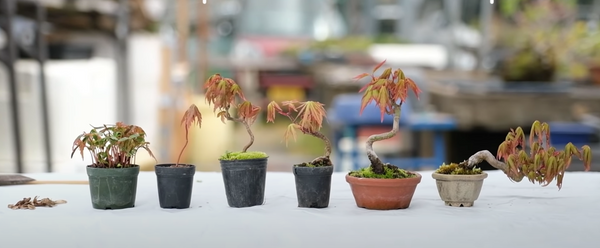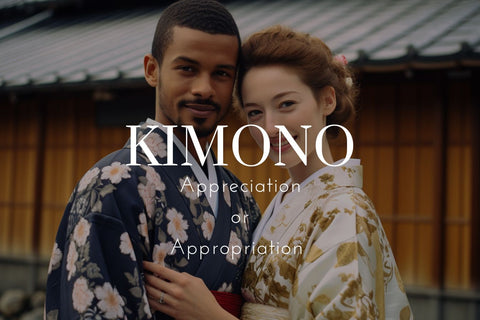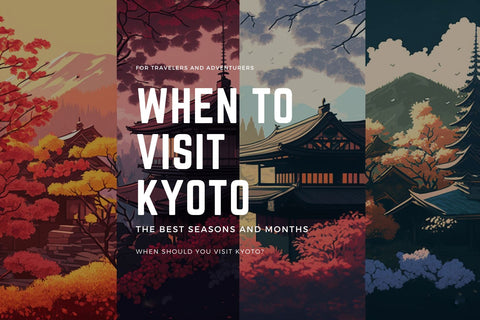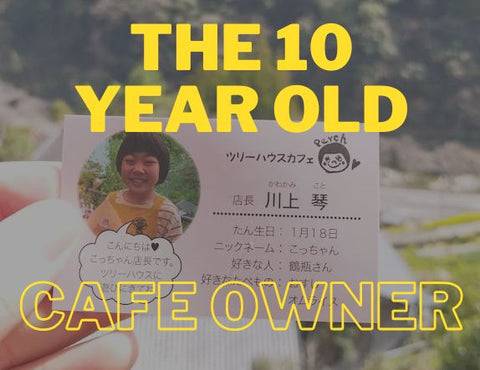
The Art of Growing and Caring for Japanese Maple Bonsai Trees
Konnichiwa, fellow Bonsai enthusiasts! Today, we're going to explore the fascinating world of Japanese maple trees, or "momiji," in Bonsai cultivation. Whether you're a seasoned Bonsai aficionado or just starting your journey, understanding the growth process and care of these captivating trees is essential. Let's dive into the art of growing and caring for Japanese maple Bonsai trees together, in a casual, friendly, and informative way.

I. The Growth Process of Japanese Maple Bonsai Trees
The journey of a Japanese maple Bonsai tree starts with a tiny seed. Sowing momiji seeds and germination are crucial first steps in the growth process. Did you know that seeds sown in spring and autumn have different germination patterns? In spring, only half of the seeds may germinate, while the rest might sprout the following year. This quirk adds a unique touch of unpredictability to momiji Bonsai cultivation.
To successfully germinate your momiji seeds and embark on your Japanese maple Bonsai journey, it's essential to understand the right techniques and timing. Follow our detailed guide on seed germination at Spirit Japan to learn step-by-step instructions and expert tips on nurturing your seeds and kickstarting the growth process. Don't miss out on the chance to grow these beautiful miniature trees from scratch!
As the seeds sprout and grow, they progress through several stages:
- 1-year-old tree
- 2-year-old tree
- 3-year-old tree
- 4-year-old tree
- 7-8-year-old tree
As seen below from left to right:

During these stages, transplanting and pot size play a significant role in the tree's development. Maintaining the proper pot size helps control the tree's growth, while employing careful replanting techniques prevents damage.

II. Shaping and Training Japanese Maple Bonsai Trees
One of the most rewarding aspects of Bonsai cultivation is shaping and training the trees to achieve an aesthetically pleasing form. For Japanese maple Bonsai trees, gently bending the trunk creates a graceful appearance. To support the bend, we can use wire, carefully hooking it to avoid damaging the fragile root system.

Lateral growth control is also vital, as it ensures the tree doesn't grow disproportionately in one direction. Through various techniques, we can create a balanced and harmonious Bonsai tree that is pleasing to the eye.

III. Soil, Fertilizer, and Watering Techniques for Japanese Maple Bonsai Trees
Choosing the right soil mix for your momiji Bonsai tree is crucial to its health and development. A well-draining soil mix, composed of organic and inorganic materials, such as Akadama, pumice, and lava rock, is ideal for Japanese maple Bonsai trees.

Fertilizing your Bonsai tree is essential to provide it with necessary nutrients for growth. A balanced fertilizer with equal parts nitrogen, phosphorus, and potassium is ideal for momiji Bonsai trees. Apply the fertilizer from spring to autumn, reducing the amount as temperatures drop.

Watering your Japanese maple Bonsai tree properly is vital for its health and growth. It's essential to maintain consistent moisture levels in the soil without overwatering or letting it dry out. Generally, watering your momiji Bonsai tree once a day during the growing season is sufficient. However, it's crucial to adjust your watering routine depending on factors like climate, pot size, and tree age.
We all like to have very black and white guidelines of "x" amount of water "x" amount of days, but these are living plants and each situation is different.

IV. Pruning and Maintenance of Japanese Maple Bonsai Trees
Pruning is an essential aspect of Bonsai tree care, as it helps maintain the tree's shape, balance, and overall health. Regularly pruning your momiji Bonsai tree ensures that it grows proportionally and remains visually appealing.

There are two primary types of pruning for Japanese maple Bonsai trees: "me tsumi" (bud plucking) and "ha giri" (leaf pruning).
- Me tsumi (bud plucking): This technique involves removing buds from the tree's branches before they open, typically in March. By plucking buds at the right time, you can control the length of the branches and maintain the tree's overall shape.

- Ha giri (leaf pruning): Leaf pruning is usually done in May and involves cutting off all the leaves on the tree. This process encourages the growth of smaller, more proportionate leaves, maintaining the tree's miniature appearance.
V. Common Pests and Diseases Affecting Japanese Maple Bonsai Trees
Japanese maple Bonsai trees, like any other plants, can be susceptible to pests and diseases. It's essential to monitor your tree regularly for signs of infestations or infections. Some common pests and diseases affecting momiji Bonsai trees include:
- Aphids: Small, sap-sucking insects that can cause leaf curling and distortion. Treat with insecticidal soap or neem oil.
- Scale insects: Small, hard-shelled insects that can cause leaf yellowing and dieback. Treat with horticultural oil or systemic insecticides.
- Powdery mildew: A fungal disease that appears as white, powdery spots on leaves. Improve air circulation, and treat with a fungicide if necessary.
Regular monitoring and early intervention can help you keep your momiji Bonsai tree healthy and thriving.
Conclusion
Cultivating and caring for Japanese maple Bonsai trees can be a deeply rewarding and meditative experience. From seed germination to pruning and maintenance, the process requires patience, dedication, and attention to detail. By following these essential tips and techniques, you can grow and nurture a beautiful momiji Bonsai tree that will bring joy and serenity to your space for years to come.




